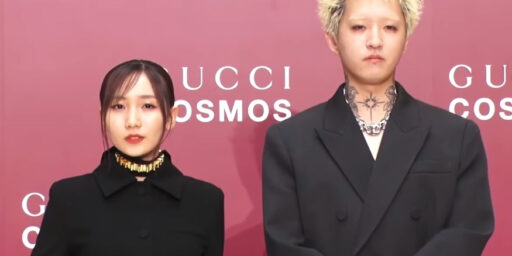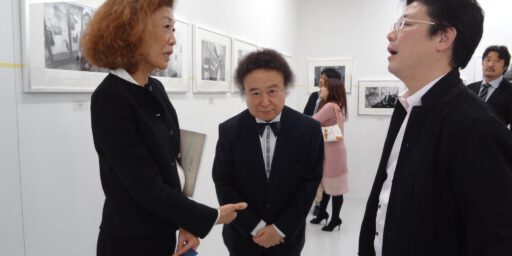アイドル Idol
An idol (アイドル, aidoru) is a type of entertainer marketed for image, attractiveness, and personality in Japanese pop culture. Idols are primarily singers with training in other performance skills such as acting, dancing, and modeling. Idols are commercialized through merchandise and endorsements by talent agencies, while maintaining a parasocial relationship with a financially loyal consumer fan base.
Japan’s idol industry first emerged in the 1960s and became prominent in the 1970s and 1980s due to television. During the 1980s, regarded as the “Golden Age of Idols”, idols drew in commercial interest and began appearing in commercials and television dramas. As more niche markets began to appear in the late 2000s and early 2010s, it led to a significant growth in the industry known as the “Idol Warring Period.” Today, over 10,000 teenage girls in Japan are idols, with over 3,000 groups active. Japan’s idol industry has been used as a model for other pop idol industries, such as K-pop.
Sub-categories of idols include gravure idols, junior idols, net idols, idol voice actors, virtual idols, AV idols, alternative idols, underground idols, Akiba-kei idols, local idols, bandols, and Japanese-South Korean idols.
An idol is a type of entertainer whose image is manufactured to cultivate a dedicated consumer fan following. Talent agencies commercialize idols by recruiting preteens and teenagers with little or no experience in the entertainment industry, and market them as aspiring stars. Idols are marketed for their image, attractiveness, and personalities. An idol’s main objective is to “sell dreams”, offering fans a form of escapism from the troubles of daily life. Idols are predominantly singers, but are also often trained in acting, dancing, and modeling. This style of recruiting and training was pioneered by Johnny Kitagawa, the founder of Johnny & Associates, and has since been used in other pop idol industries such as Korean idols in K-pop.



